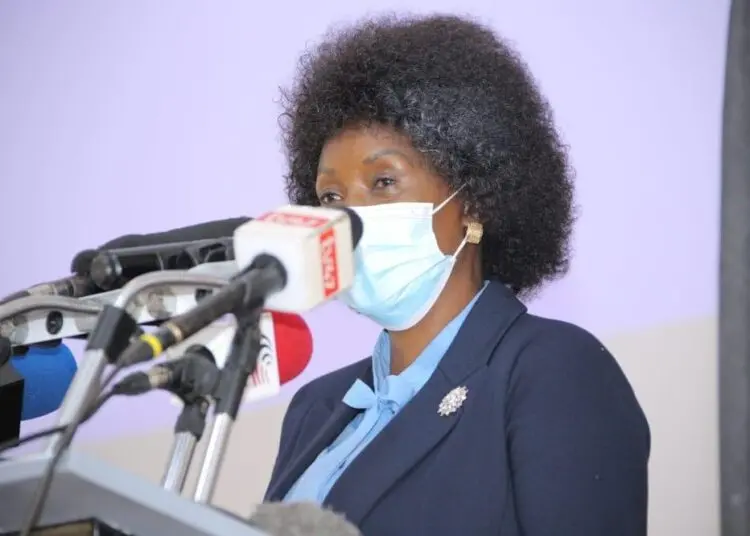The Teachers Service Commission is going to make an effort to address the lack of teachers in public elementary and secondary schools across the nation.
When it comes to a lack of available teachers, Kakamega County is among the hardest afflicted. The counties of West Pokot, Kitui, Narok, Bungoma, Kilifi, Murang’a, Bomet, Siaya, and Migori are the ones that are experiencing the most severe teacher shortages in both elementary and secondary schools.
This category encompasses both primary and secondary educational institutions. The position of number one has been taken back by Bungoma County, which is now ahead of Kisii, Homabay, Nakuru, Kitui, Makueni, Turkana, and Trans Nzoia.
There is a major lack of teachers in schools located in the north east of the country as a direct result of the insecurity brought on by acts of banditry and terror-related happenings. As a direct consequence of this, many different communities are having trouble recruiting suitable educators.
It is anticipated that the Teachers Service Commission would investigate these regions as it aims to hire more than 6,000 intern teachers to assist in closing the teacher shortage gap that exists across the nation.
During the fiscal year 2022/2023, the commission was provided with 1.2 billion by the national treasury in order to facilitate the recruitment of intern teachers who will work alongside their permanent counterparts in the delivery of the curriculum.
Despite the ever-increasing student numbers ascribed to the government’s 100 percent transition strategy, the commission has been unable to meet the required teacher-to-student ratio because of economic restrictions. This is the case despite the fact that the ratio is required.
Dr. Nancy Macharia, who serves as the Chief Executive Officer of the Teachers Service Commission, provided additional clarification regarding the commission’s intention to provide more slots to sub-county schools in the subsequent Recruitment.
This is due to the fact that these schools often accept a significant number of students, approximately 67 percent of youngsters who are making the transition from elementary to secondary education.
As a consequence of this, additional human resources need to be dedicated in order to help handle students in an appropriate and effective manner, which is necessary in order to obtain favorable results from the implementation of the curriculum.

